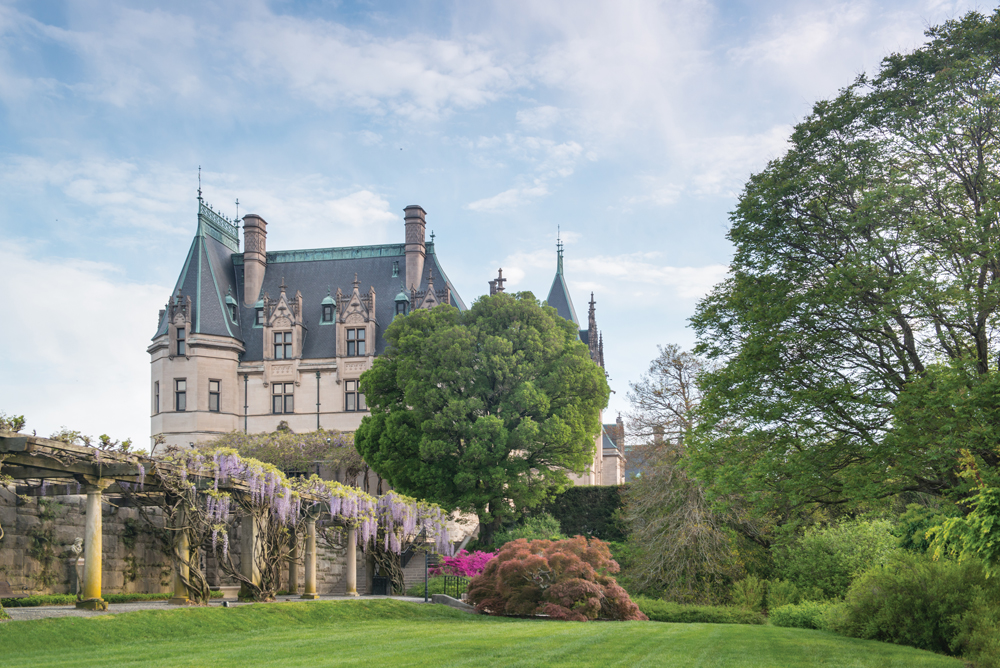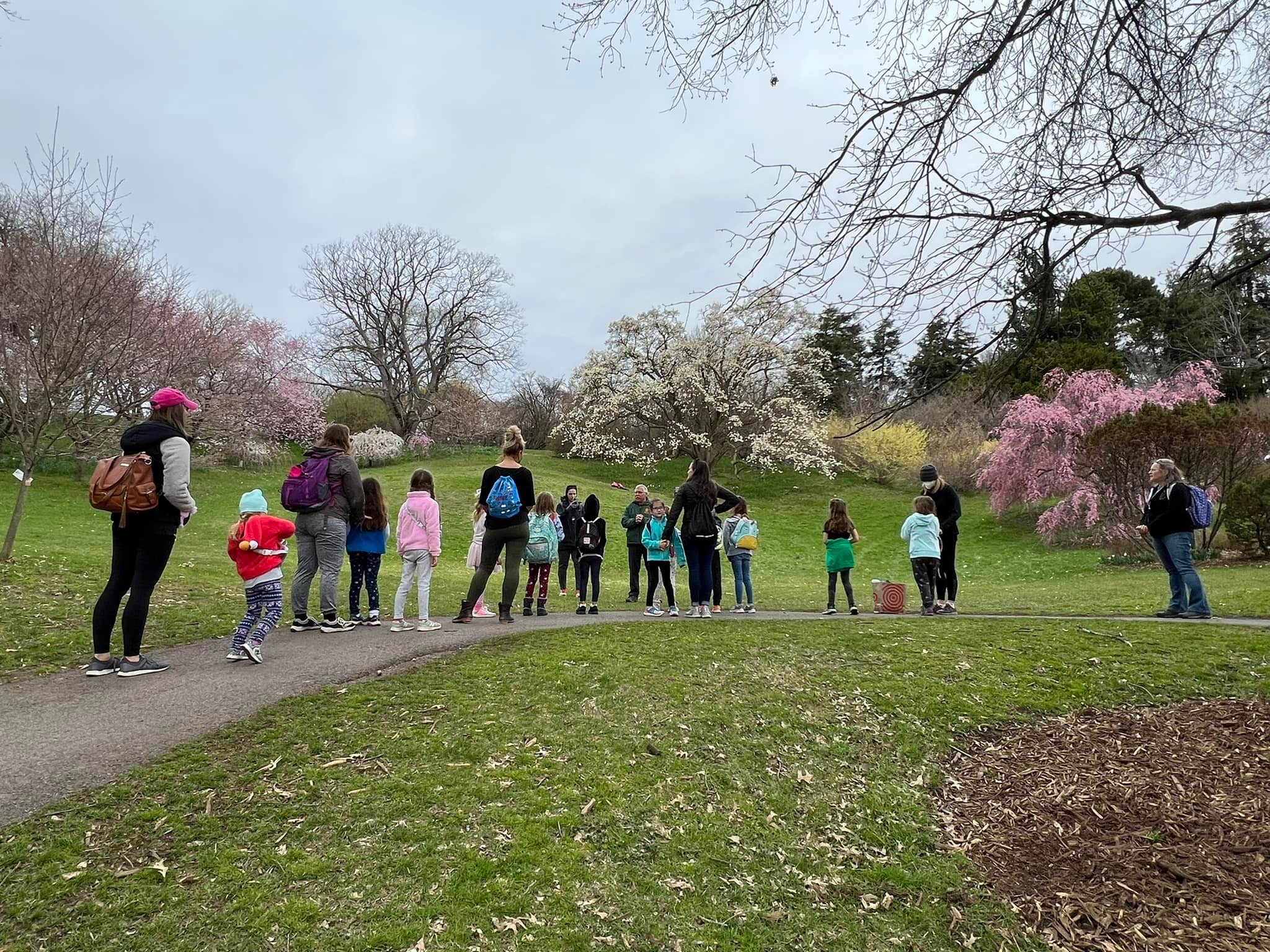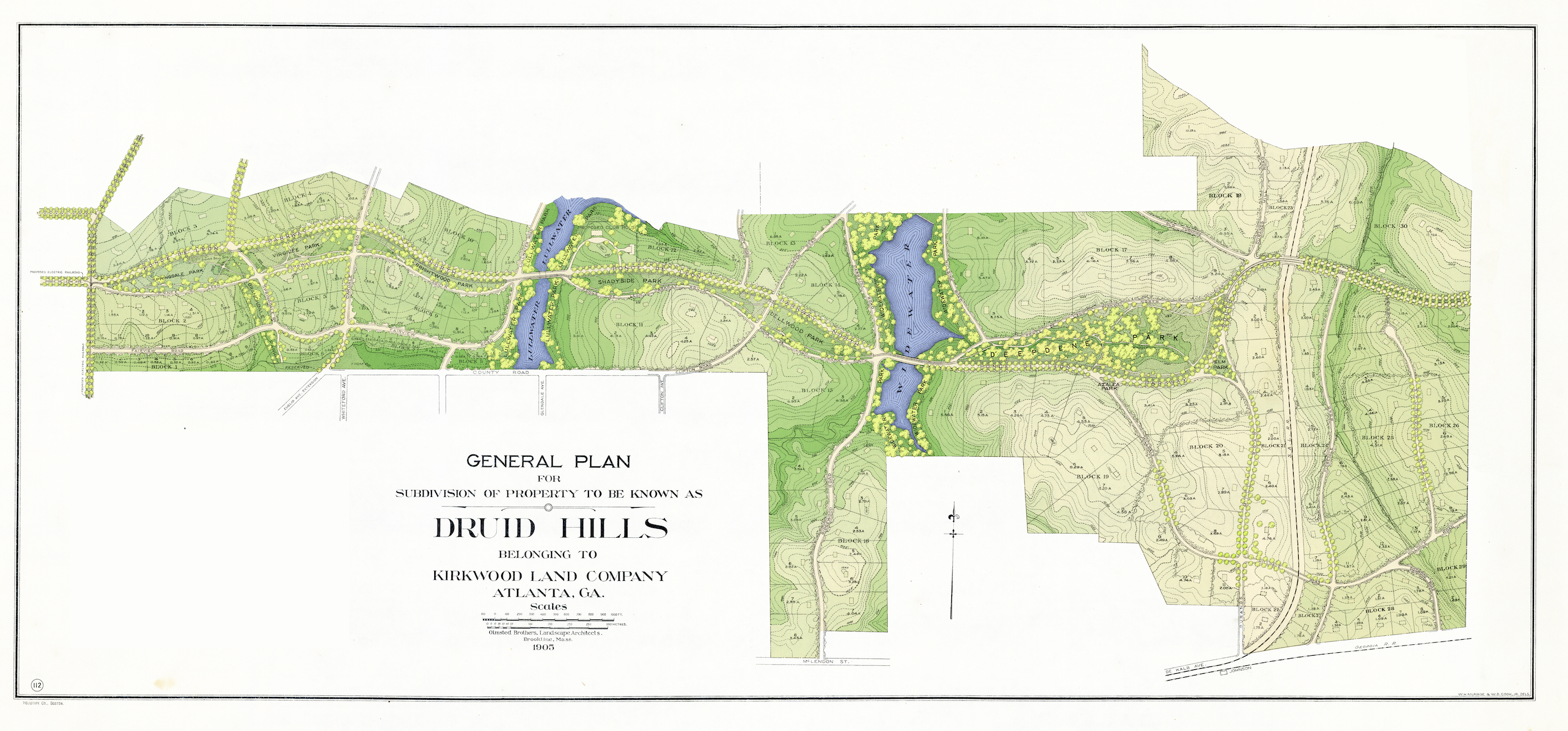





When my son, Peter, set out to find a colonial-era home to restore and relocate to his vacant lot in Savannah, Georgia, little did we know his path would cross with the family Olmsted (variously spelled Olmstead) in Hartford, Connecticut.
Peter already had created an inn, The Printmaker’s Inn, in a restored Italianate mansion near Forsyth Park in Savannah. Its adjoining vacant lot was calling to him, and he sought the perfect building to relocate there and restore. Unfortunately, the state of Georgia was a difficult place to locate such a building that was suited to this task. Looking further afield, Peter found Bill Gould of William Gould Architectural Preservation LLC in Pomfret, Connecticut,
who located homes that were set to be torn down and preserved them for a new life and restoration. Through Bill, Peter met Steve Bielitz of Glastonbury Restoration who showed Peter the Hills House located in E. Hartford. And so, the journey towards its refurbishment began.
When commencing this reconstruction project, little did Peter know that he was preserving a bit of the history of the founding of Hartford, Connecticut. Quite a few of the founding families were represented in the lineages of the early owners of the home. Relevant to this discussion are the family names, Hills and Olmste(a)d. Ironically, our family heritage in Norway also contains a very strong Olmsted line.
Through the research of Peggy Flavin of Massachusetts, it became clear that the home had been owned by Lt. Jonathon Hills, 1667-1727, a member of one of the founding families of Hartford. He is credited as the owner and builder of the house, and he was married to Dorothy Hale in 1688. The first floor of the house dates to that period. The words “Do all Captain Hills” are visible on early joists dating from 1693. Later dendrochronology determined that the wood used in the home came from trees “born” in the 1550s and the early part of the home dating to the 1690s. Jonathon and Dorothy had seven children: Mary, Thankful, Dorothy, Jonathon, David, and Sarah. Their son, Captain Jonathon Hills, 1699-1775, married Rebecca Olmstead, a great-great-aunt of Frederick Law Olmsted, in either 1718 or 1738. A brother, Captain David Hills, married Ann Pitkin in 1723. Their son, Lt. David Hills, married Mary Lord Pitkin in 1745 and perhaps this wedding occasioned the expansion of the earlier two-room house to a larger “mansion” house with the addition of more elaborate wood paneling throughout. Their son, David, married again into the Olmstead family.
The Hills family farmed in the area and operated the Hills Mill on the Pewterpot Brook about 1/3 mile south of the house, first milling timber and then, after 1802, milling grain. The hand-hewn timbers found in the house were probably produced in this mill, and clay from the brookside could have been used in the bricks.
Both Olmsted and Hills families are considered founders of the city of Hartford. They are listed as such on a monument in the Ancient Burying Ground of the First Church in Hartford.
Progenitors of Rebecca Olmsted Hills are memorialized on this monument. James Olmstead 1580-1640, arrived with his family in 1632 on the ship Lyon, along with his nephews, John, 1616-1686, and Richard, 1612-1687. Richard went on to settle Norwalk, Connecticut. Other family names on the monument are the Hales and Stanleys.
Images included here illustrate the early timbers milled at the Hills mill, original fireboxes and beehive ovens, important parlor woodwork, and hand-drawn graffiti illustrating a battle in the French/Indian wars, which were a challenge to many colonial settlers and the First Nation’s peoples whose land they claimed as their own. Early Hills and Olmsted family members would have gathered in these spaces to celebrate their own milestone events.
Peter has been fortunate to be able to engage his passion in historic restoration and preserve an important architectural remnant of colonial America. His father’s patrilineal heritage is more prominently located in the south with Galloways, McCalls, Kitchens, Glazeners, and other founders of North Carolina. A great great uncle, Hugh McCall, is considered an important Georgia historian. Our Olmsted roots in Norway also produced a set of immigrants who traveled to the states at a later period. This melding of family histories and preserving of family heritage are a part of the story of the founding of our country. Frederick Law Olmsted’s work in landscape architecture sought to preserve the natural beauty and heritage of this land and strove to make it available to city dwellers as well as those in the countryside. His national parks movement has allowed us to relish the natural wonders that amazed our ancestors and the immigrants who sought refuge and a new life in this land. We are fortunate to have so many of Olmsted’s parks for all of us to enjoy across the country, and celebrating his creative genius on the two hundredth birthday has given us all a new look at his contributions to our shared botanical treasures.
Peter has been able to give new life to a wonderful structure with significant historical relevance to the story of Hartford and immigration during colonial times. If he had not purchased this home for his renovation, it would have been torn down and all of its stories lost. His careful preservation of architectural details allows this story to be passed on to future generations. Likewise, FLO’s preservation of city and country spaces allows for future generations to make use of these natural sites in the midst of their day-to-day life. Preservation, restoration, and re-creation go hand in hand in the work of Frederick Law Olmsted and in Peter’s project on the Hills/Galloway House in Savannah.











